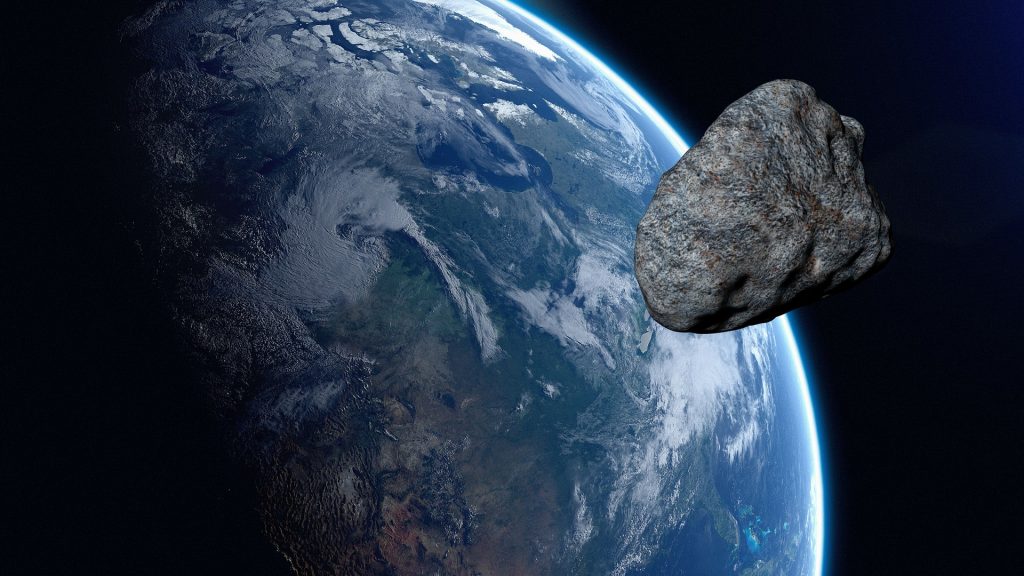La Tierra tiene un nuevo compañero, y por qué es emocionante
No te preocupes: esta historia no trata de la inminente destrucción de la Tierra de nuevo. Al contrario: asteroides como el 2020 XL5, descubierto en 2020, son emocionantes porque podrían aportar información sobre el pasado temprano de la Tierra. 2020 XL5 es un llamado troyano, como confirman ahora los astrónomos en la revista científica Nature (la suposición ya existía antes): Un asteroide que acompaña a la Tierra en su órbita. Si se considera sólo el sistema del sol y el planeta, hay varios lugares, en los que las fuerzas de atracción del planeta y el sol se anulan mutuamente.…
